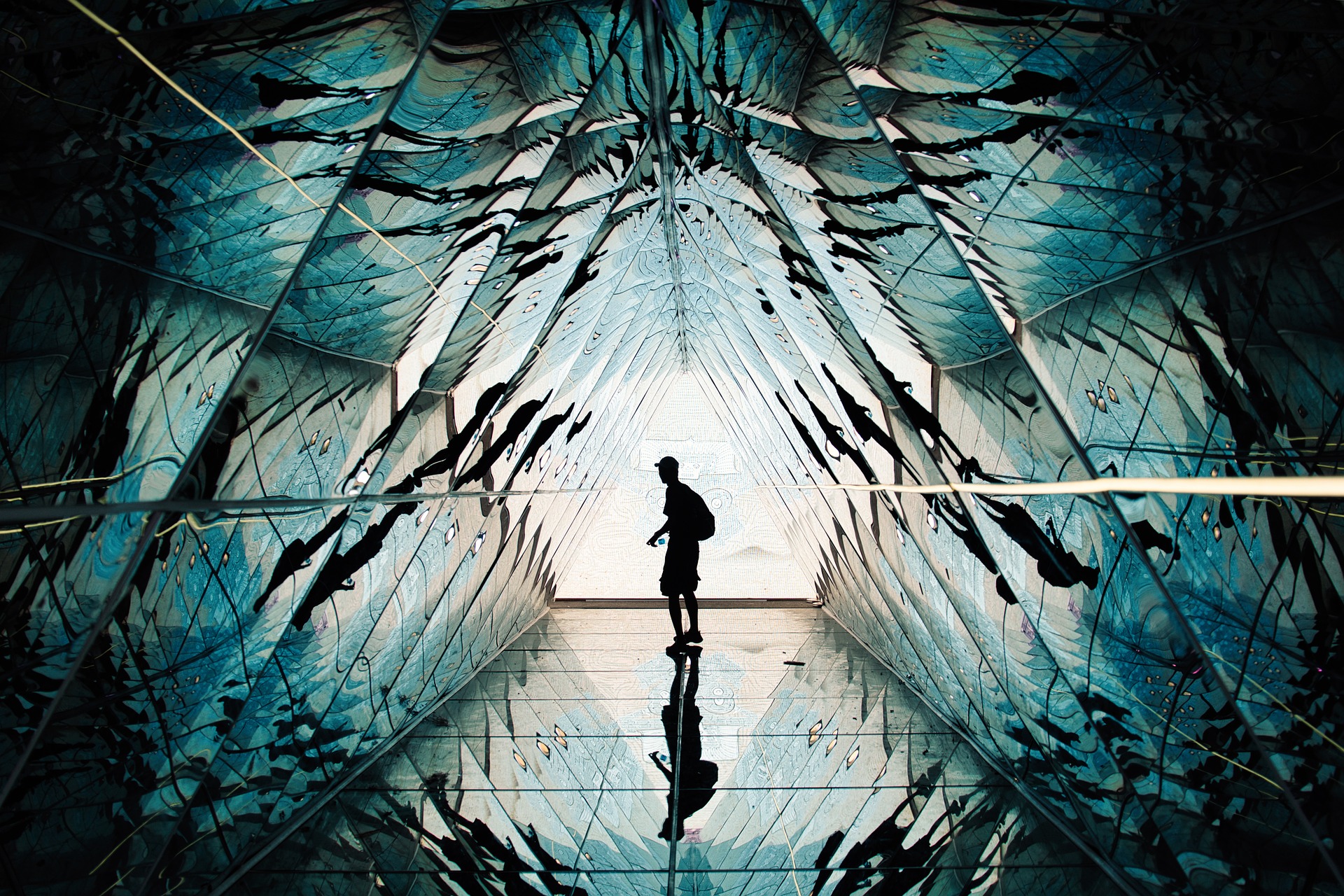Holographic Operas: The Future of Musical Performance
In the ever-evolving landscape of artistic expression, a groundbreaking fusion of technology and traditional performance art is taking center stage. Holographic operas, a cutting-edge blend of classical musicality and state-of-the-art visual effects, are revolutionizing the way audiences experience live music. This innovative approach to opera production is not only pushing the boundaries of what's possible in theatrical performance but also attracting a new generation of tech-savvy music lovers. As holographic technology continues to advance, the opera world finds itself at the forefront of a digital renaissance, promising to breathe new life into this centuries-old art form.

Technical Marvels Behind the Curtain
At the heart of holographic opera lies a complex network of cutting-edge technologies. High-powered lasers, advanced motion capture systems, and sophisticated computer algorithms work in concert to create lifelike, three-dimensional projections. These holograms are not mere background elements but interactive components of the performance. Singers and musicians can interact with holographic set pieces, characters, and even entire orchestras. The technical challenges of synchronizing live performances with pre-programmed holograms have pushed the boundaries of stage management and live production techniques.
Reimagining Classical Works
Holographic technology has opened up new possibilities for reimagining classic operas. Productions of Wagner’s Ring Cycle have utilized holograms to bring mythical creatures and fantastical landscapes to life, adding a new dimension to the already epic narrative. Mozart’s The Magic Flute has been transformed with holographic effects that create a truly magical atmosphere, enhancing the whimsical nature of the story. These modern interpretations are not only visually stunning but also offer fresh perspectives on well-known works, attracting both opera aficionados and newcomers to the art form.
Challenges and Controversies
Despite the excitement surrounding holographic operas, the technology has not been without its critics. Purists argue that the focus on visual spectacle detracts from the music and performances, potentially overshadowing the vocal artistry that is the cornerstone of opera. There are also concerns about the long-term implications for live performers, with some fearing that holographic technology could eventually replace human singers and musicians. Additionally, the high costs associated with implementing these advanced systems have raised questions about accessibility and the potential for creating a divide between well-funded and smaller opera companies.
The Global Impact and Future Prospects
Holographic operas are not confined to traditional opera houses. The technology has enabled performances to be broadcast simultaneously to multiple venues around the world, with local singers performing alongside holographic projections of international stars. This global reach has the potential to democratize access to world-class opera productions, bringing high-quality performances to audiences who might otherwise never experience them. Looking to the future, advancements in AI and machine learning promise even more interactive and responsive holographic elements, potentially leading to fully customizable opera experiences tailored to individual audience preferences.
A New Era for Opera
As holographic technology continues to evolve, its integration into opera productions represents more than just a novel gimmick. It signifies a fundamental shift in how we conceive of and experience live musical performances. By embracing these technological advancements, opera is positioning itself at the intersection of tradition and innovation, ensuring its relevance for future generations. While challenges remain, the potential for holographic operas to captivate audiences, push creative boundaries, and expand the reach of this venerable art form is undeniable. As we stand on the brink of this new era in musical performance, one thing is clear: the future of opera is not just heard, but seen in dazzling, three-dimensional splendor.




